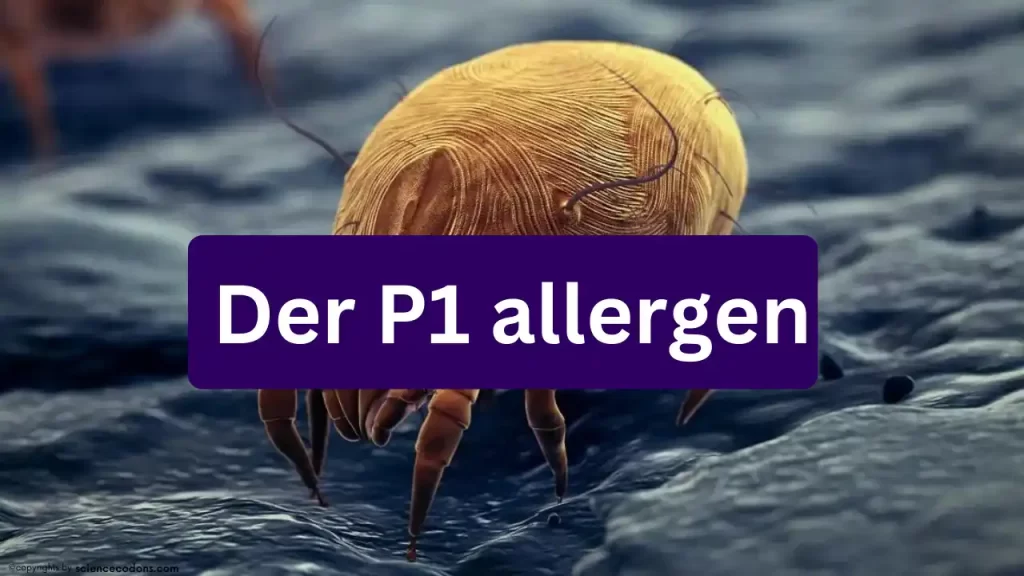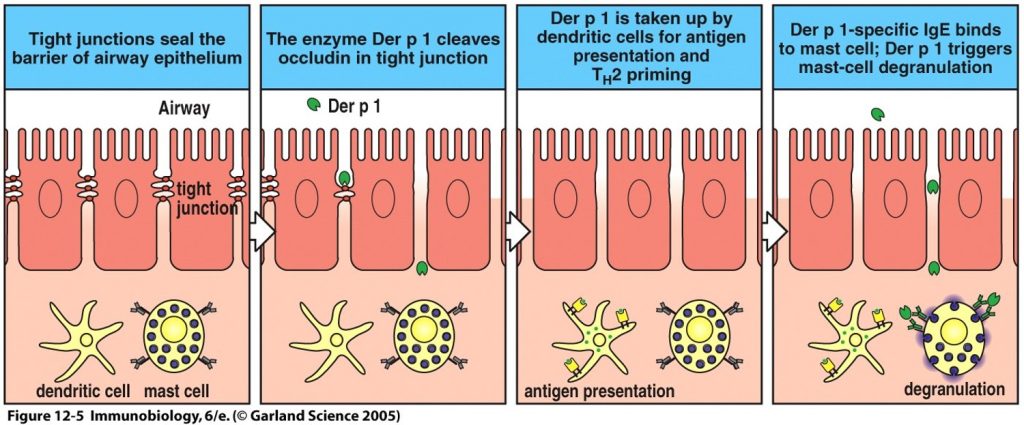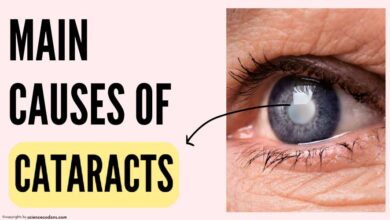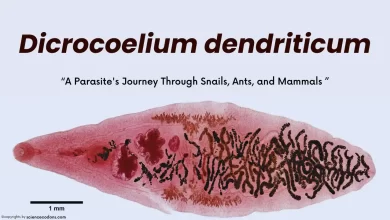Dust Mites Unveiled: The Sneaky Allergen Behind the Scenes – Exploring the Der p1 Phenomenon. Der p1 is a major allergen derived from the feces of the house dust mite Dermatophagoides pteronyssinus (everyday dust mite). House dust mites are tiny arachnids that commonly live indoors, particularly in bedding, upholstered furniture, and carpets.

Der p1 is one of the major allergens produced by house dust mites, and it plays a significant role in triggering allergic reactions in sensitive individuals. When people with dust mite allergies are exposed to Der p1, their immune system identifies it as a threat and produces an allergic response.
How does Der P1 cause an allergic reaction?
DerP1 is an enzyme allergen from the fecal pellets of the dust mite. Allergen is easily aerosolized and inhaled. DerP1 breaks down components of tight junctions, which helps it cross mucosa after disrupting close connections between epithelial cells. The allergen comes into contact with dendritic cells and stimulates the immune system, leading to allergic reactions.

Exposure to Der p1 can lead to symptoms such as sneezing, runny or stuffy nose, itchy or watery eyes, coughing, wheezing, and skin irritation. In individuals with asthma, exposure to Der p1 can exacerbate their symptoms and lead to breathing difficulties.
Reducing exposure to Der p1 and other allergens associated with house dust mites is essential in managing dust mite allergies. This can be achieved through regular cleaning, using allergen-proof covers for bedding, maintaining low humidity levels in the home, and utilizing air purifiers or filters. Medications, such as antihistamines and nasal corticosteroids, may also be prescribed to alleviate symptoms.
It’s worth noting that Der p1 is just one of several allergens produced by house dust mites. Other common allergens include Der f1, Der p2, and Der f2. Each person may have varying sensitivities to different allergens. Testing by an allergist can help identify specific triggers for an individual’s allergies.













